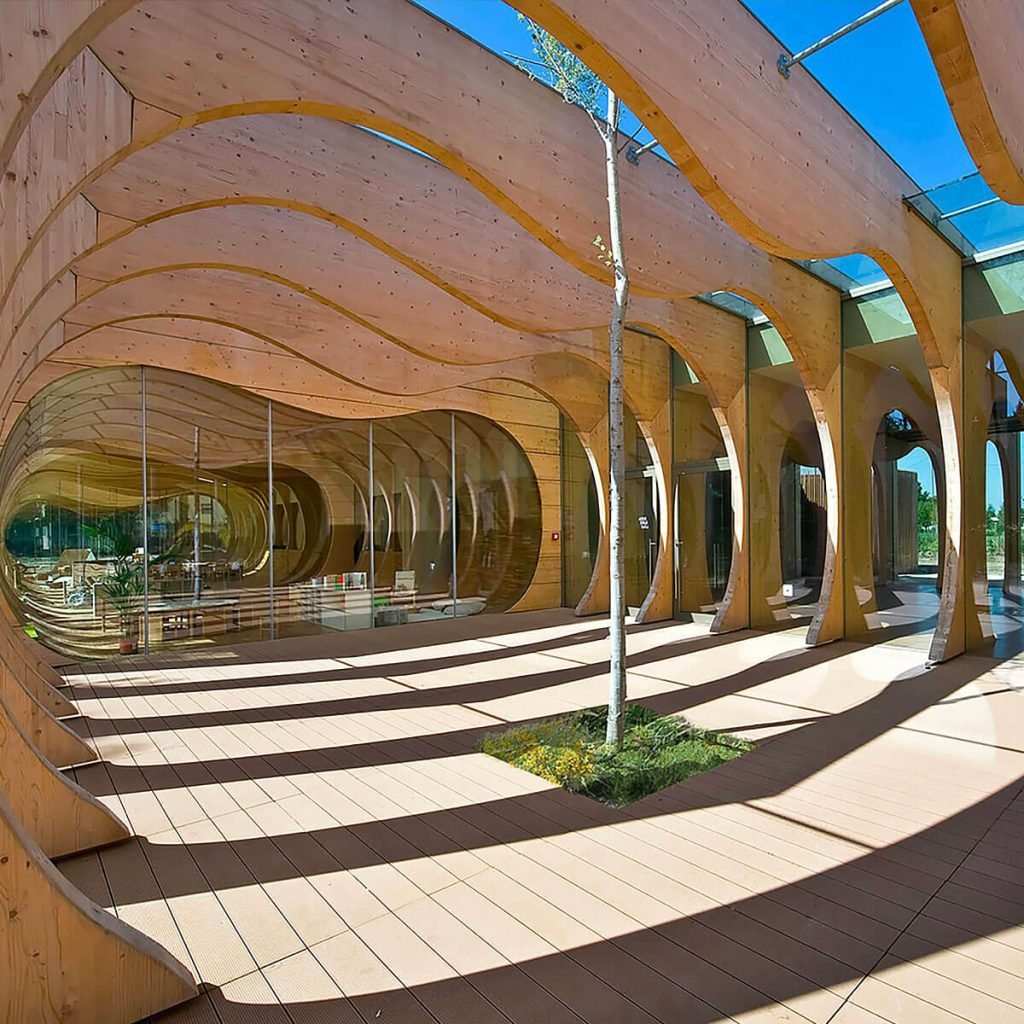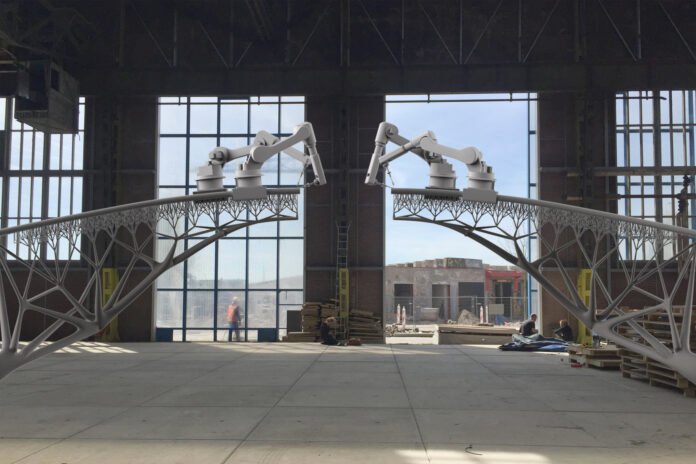Building materials are the backbone of modern construction, shaping the structures we inhabit and influencing our built environment. In this article, we will explore the latest advancements in building materials, focusing on innovative options that offer sustainability, durability, and enhanced performance. Whether you’re an architect, builder, or homeowner, understanding these cutting-edge materials can revolutionize your approach to construction projects.
The Evolution of Building Materials

Over the years, the construction industry has witnessed a significant evolution in building materials, driven by technological advancements, environmental concerns, and changing market demands. Traditional materials like concrete, steel, and wood have been supplemented with a wide range of innovative alternatives, offering improved properties and reduced environmental impact.
Key Considerations in Material Selection
When choosing building materials for a project, several factors should be taken into account:
- Sustainability: Opt for materials that are sourced responsibly, have minimal environmental impact, and can be recycled or reused.
- Durability: Select materials that are resistant to wear, weathering, and degradation, ensuring the longevity of the structure.
- Energy Efficiency: Choose materials that contribute to improved energy performance, such as those with high thermal insulation or reflective properties.
- Cost-Effectiveness: Consider the upfront and long-term costs of materials, including installation, maintenance, and replacement.
- Performance: Evaluate the structural, mechanical, and aesthetic properties of materials to ensure they meet the project’s functional requirements.
Exploring Cutting-Edge Materials
Several innovative building materials have emerged in recent years, offering exciting possibilities for architects, engineers, and builders. Here are some noteworthy options:
1. Cross-Laminated Timber (CLT)
CLT is a sustainable alternative to traditional building materials like concrete and steel. Made from layers of timber boards stacked and glued together, CLT offers strength, stability, and versatility, making it ideal for a wide range of applications, including walls, floors, and roofs.
2. Recycled and Engineered Materials
Recycled materials, such as reclaimed wood, recycled plastic, and recycled glass, are gaining popularity in construction due to their environmental benefits and unique aesthetic appeal. Additionally, engineered materials like fiber-reinforced polymers (FRP) and geopolymer concrete offer enhanced performance and durability compared to conventional options.
3. Self-Healing Concrete
Self-healing concrete incorporates microorganisms or encapsulated healing agents that react with moisture to repair cracks and damage autonomously. This innovative material not only extends the lifespan of concrete structures but also reduces maintenance costs and environmental impact.
The Future of Construction
As technology continues to advance and sustainability becomes a top priority, the construction industry is poised for further innovation in building materials. By embracing cutting-edge options and adopting sustainable practices, we can create structures that are not only functional and resilient but also environmentally responsible and aesthetically pleasing.
By staying informed about the latest developments in building materials and incorporating them into your projects, you can contribute to a more sustainable and resilient built environment for future generations.














